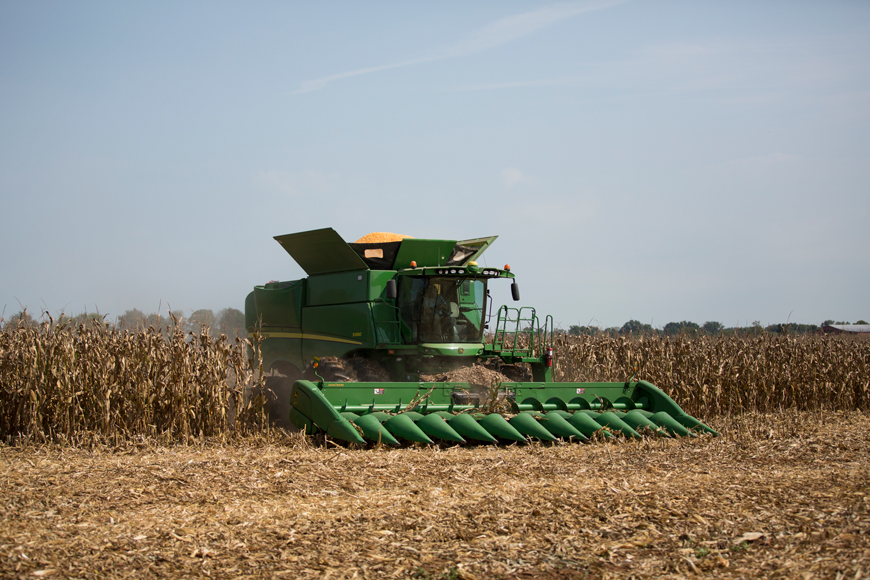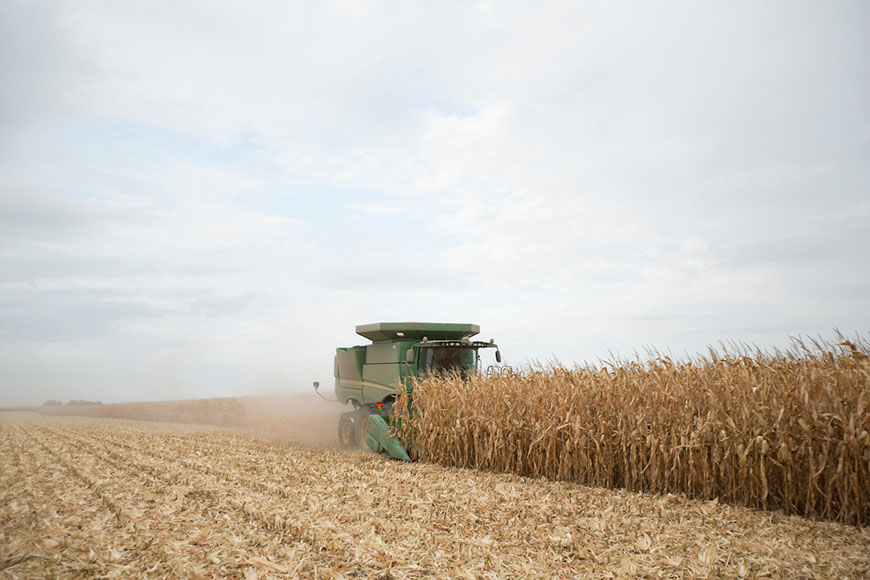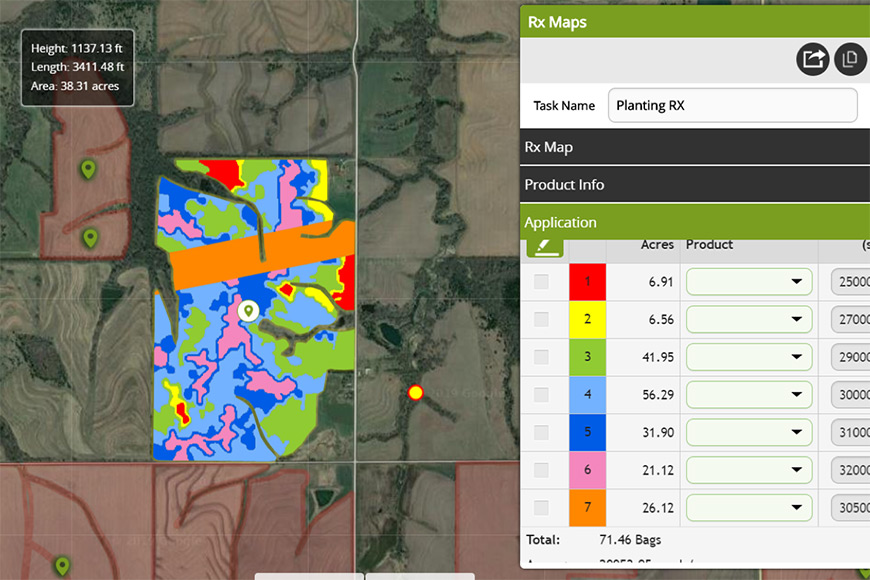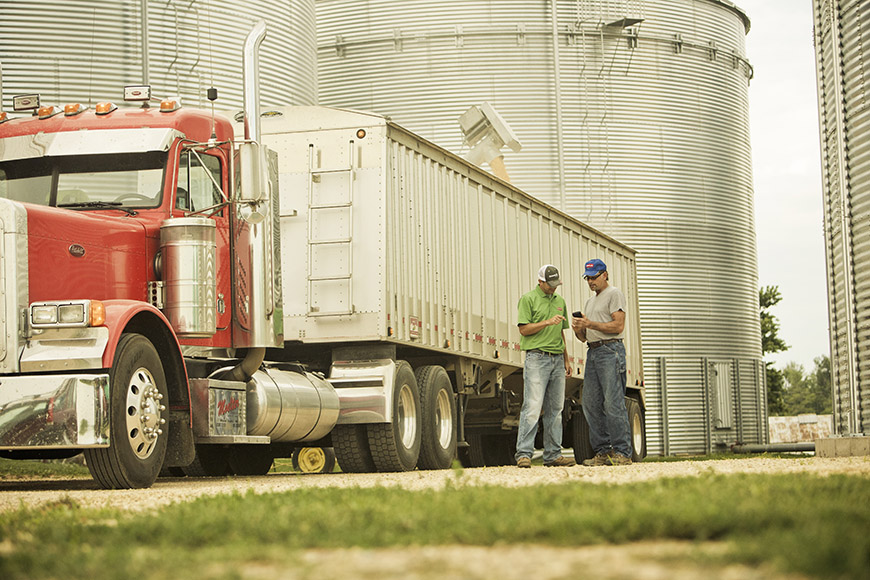Leverage Harvest Data to Drive Next Season’s Crop Decisions

With today’s ag technology tools and in-season imagery options, it should be easier than ever for farmers to collect data to inform their seed and crop protection product decisions. But even though all that data can be beneficial, it can also be overwhelming. Where do they start? Here are five strategies to help farmers break things down and formulate a plan for 2022 using this year’s harvest data.
1. Leverage tools for greater access to field data.
Many farmers have access to technology that provides greater access to in-field data, and the right combination of tools can make that data more actionable and useful for planning. For example, the recent addition of Climate FieldView™ to the WinField® United Answer Tech Data Silo® cloud-based management system gives all FieldView users doing business with WinField United-affiliated retailers the option to connect their FieldView and Data Silo accounts. FieldView lets farmers collect yield data from a variety of collection platforms in the cab and feed it into the Data Silo so they can analyze that information and make decisions based on it.
2. Help ensure proper tech setup.
Too often, farmers get halfway through the season and realize their yield monitor isn’t working correctly. Work with farmers to give their combines a digital maintenance check. Here’s what you can do:
- Confirm their software is communicating correctly and confirm with them that their wireless plans are up to date and capable of transmitting data.
- Help them calibrate yield monitors to alleviate skewing data.
- Encourage farmers to adopt uniform naming conventions to easily identify what they’re measuring. Stress the importance of naming of hybrids, varieties, crop protection products and fields consistently so farmers can easily find, download and compare individual entities.
3. Review seed, crop protection product performance.
If farmers are doing on-farm trials, be sure they have planting and harvest maps set up to make comparisons that will be useful for 2021 planning. Encourage them to examine the performance of different varieties and hybrids across multiple soil types, various planting populations, different farms, whatever attributes they’ve entered that vary across their operation. Help them compare yield data from various seed treatments or crop protection product applications to see what worked and what they want to change for next season.
4. Don’t overlook small modifications.
Collecting and analyzing harvest data often doesn’t provide big “A-ha” moments. However, small catches often have more profound effects than larger ones. Although farmers may not think these smaller findings will revolutionize their management style for next year, they may find they help them explain why they’re seeing inconsistencies in the field and identify corrections for next season.
5. Build on this year’s data.
If this is a farmer’s first year collecting harvest data, or collecting usable harvest data, make sure they understand that it’s a snapshot of what happened in 2021 and that multiple years of data layered over each other will start to paint a more nuanced picture of field performance as opposed to a single point in time. Let them know that this year’s data is a great way to gauge whether or not their management practices paid off so they can build on that knowledge by collecting even better data next year. Finally, help them combine their data with data from the Answer Plot® program to reinforce factors like response-to scores, yield performance and management practices.
Connect with farmers now to answer any harvest data questions they have and offer to assist them with downloading their harvest data at the end of the season. For more information on Answer Tech Data Silo, the Answer Plot program or harvest data management, contact your local WinField United representative.
All photos are either the property of WinField United or used with permission.
© 2021 WinField United. Important: Before use always read and follow label instructions. Crop performance is dependent on several factors many of which are beyond the control of WinField United, including without limitation, soil type, pest pressures, agronomic practices and weather conditions. Growers are encouraged to consider data from multiple locations, over multiple years and to be mindful of how such agronomic conditions could impact results. Answer Plot®, Data Silo®, R7® and WinField® are trademarks of WinField United. FieldView™ is a trademark of The Climate Corporation. All other trademarks are the property of their respective owners.




